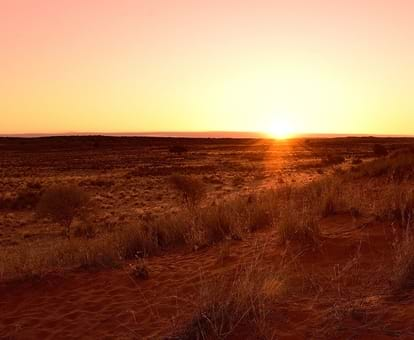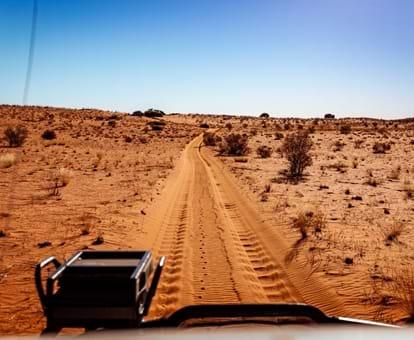By creating an account, I agree to the
Terms of service and Privacy policy
Choose your country and language:
Africa
Americas
Asia Pacific
Europe
IIf a sociable weaver came and sat a meter away, you’d hardly pay it a second glance. This inconspicuous brown, grey and black bird lives in the arid, sandy Kalahari and twitters cheerfully all day long.
Its nest, however, can make your jaw drop in amazement. Looking like haystacks planted in quiver trees, thorn trees, windmills or on telephone poles, these communal nests are crucial to the survival of the birds.
They are also testament to what teamwork can do. Each of these gigantic nests is home to around 300 of these small birds. Every bird adds a few more bits of grass and straw to the nest every day.
The results are staggering. A single nest can weigh more than 1 000kg. Not surprisingly, the trees or structures in which they are built sometimes just collapse. Undaunted, the sociable weavers immediately start on their next building project.
What makes them do it? The Kalahari is a semi-desert, with extreme temperatures. On a winter’s night, the mercury can plummet well below freezing. At noon in the height of summer, it's so hot that heat mirages form on the horizon.
TThe sociable weavers' grassy, thatched, insulated home, however, allows the birds to live at fairly moderate temperatures. Small animals like these (sociable weavers weigh only about 27g) are very prone to heat stress and if it weren’t for their nests, they would have to expend great amounts of energy obtaining more water and regulating body temperature.
Their habits also help. Sensibly, they retire to their various nest chambers for a siesta in the heat of a summer’s day.
And on chilly winter’s nights, the birds huddle up, sometimes five to a chamber. In this way, they can save up to 50% of the energy they would have had to expend in keeping warm.
TTravel tips & planning info
How to get here
You’ll see sociable weaver nests – and the birds themselves – practically everywhere you go in the Kalahari. They are easily seen and admired from the main roads and secondary gravel roads.
Best time to visit
Sociable weavers and their nests can be seen any time of year.
What to pack
Whenever birdwatching, your essential equipment will always include a good pair of binoculars and a local bird book.
Where to stay
A game reserve or national park like the Kgalagadi Transfrontier Park is probably the best place to stay, and watch the sociable weavers and really examine their massive nests.
Related links
For inspiration and insider tips, follow us on Instagram, Facebook, or Twitter. Tag #MeetSouthAfrica to share your pics with us, or subscribe to our newsletter for the latest information, holiday offers, prizes and events across South Africa.
Related articles

|Terms and conditions|Disclaimer|Privacy policy|Social Media Terms and Conditions|Competition Terms and Conditions




